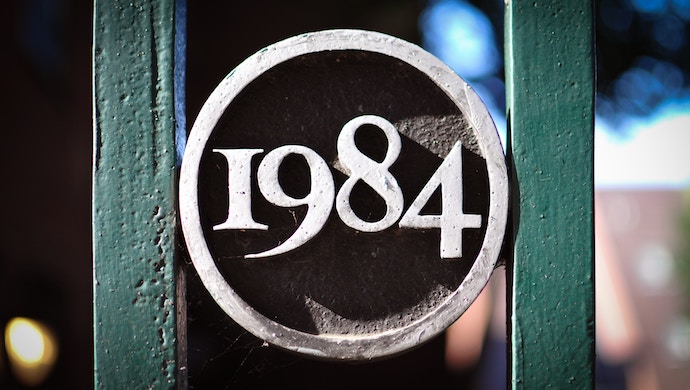Some words of caution before we plunge deeper into the world of intelligent things

The world is witnessing a rapid evolution and proliferation of Artificial Intelligence (AI) technology conjoined with the Internet of Things (IoT).
These ubiquitously used terms are pointing to a significant change in how we live. Artificial Intelligence is the ability of machines to think and perform cognitive functions once expected only from humans or other animals. This technology is enabling machines to think logically, learn, and solve problems without human intervention.
The Internet-of-Things (IoT), on the other hand, involves the network of interconnected devices such as phones, vehicles, home appliances which are embedded with electronics, sensors, actuators and internet connectivity that enables them to exchange seamless amounts of user data.
Together, the two form a powerful combination that requires minimum human intervention. Heaps of data generated from IoT devices are a powerhouse of knowledge, and artificial intelligence (or machine learning – a subset of artificial intelligence) allows analysis of this data making smart devices become smarter and more intuitive. It helps businesses serve their customers better or provide preventive healthcare to people, among many other things.
Also read: IoT is no longer just a catchword, with scale and AI driving innovation across industries
It is artificial intelligence that makes IoT valuable. The simplest example would be receiving daily recommendations for movies on Netflix based on your past viewing pattern. A combination of both can help to understand patterns of behaviour and make machines learn from that pattern and behave smarter. For example, Apollo Hospitals is using Microsoft’s Artificial Intelligence model with its medical tools to detect heart diseases in patients.
How do we deal with privacy?
However potent this combination of IoT and AI may be, it does present a rather precarious situation of customer safety to deal with. The information acquired by AI from the IoT devices can be confidential health information, bank details, customer purchase patterns, etc. As IoT devices become integrated and interconnected, it raises the questions regarding the safety of user data.
Home AI in the form of personal assistants like Alexa make for a great use case of AI. It has seen popular adoption in recent years. Much of this growth can be attributed to the manufacturers opening up their hardware for third party developers to turn them into IoT devices. This can lead to a potential risk to customer privacy. Hence, proper security standards need to be deployed on the smart devices to ensure customer safety is maintained.
Currently, users employ personal assistants for playing music, searching information, programming a thermostat, or making intercom calls, among other things by way of a voice command. Many have raised concerns regarding safety of their voice command history. Usually, manufacturers safeguard it by giving users the access to remotely delete the command history. The device only detects audio when the user mentions an activation keyword, hence steering away from the risk of personal information getting recorded without permission.
Another potential risk runs in the form of a breach or malware infection on data centres where all the information from IoT devices is stored. While the data is stored only in the backend servers, there is no way for customers to ascertain how well it is protected.
And companies store the data not just for the purposes of archiving. As stated in above-mentioned examples, organisations utilise the data to either analyse customer patterns for themselves or sell it for advertising purposes. AI enabled personal assistants are potential minefields of customer information which can be sold to advertisers to draw patterns to create sophisticated and targeted campaigns.
Also read: 2 reasons why IoT needs blockchain to take off
Another safety matter that comes to light is that of security. As home networks get access to smart door locks, owners would need to set a verbal keyword or a PIN to open the doors to their homes. A likely hazard in such a case is the assistant not being able to recognise a voice flawlessly and giving entry to intruders. However, machine vision (a subset of artificial intelligence) can make facial recognition possible in the future, which will add a further layer of security to the locks.
The takeaway
In the future, customers will have to learn to take basic home network security precautions like changing login credentials regularly and deploying robust security settings on the wireless network. Companies will have to bring in device security standards right from the beginning of the development process. It is worthwhile to mention that the companies dabbling with this technology need to take onus of developing stringent safety measures or else they run the risk of customers shying away from adopting their products, however smart they may be.
—-
e27 publishes relevant guest contributions from the community. Share your honest opinions and expert knowledge by submitting your content here.
Photo by Viktor Forgacs – Follow me on Unsplash
The post With AI and IoT playing a growing role in our lives, it’s time to be more conscious of privacy and security appeared first on e27.